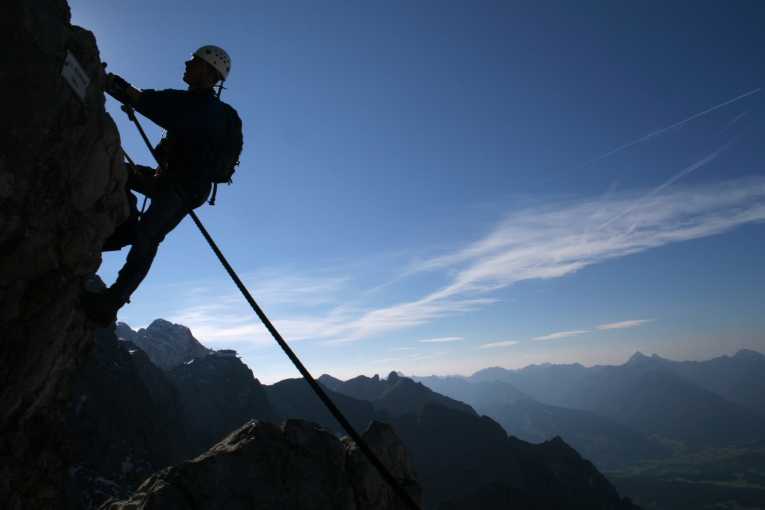Being relatively inaccessible to humans cliff ecosystems have remained relatively undisturbed and consequently still harbour a magnitude of rare, endemic and endangered plant species. And thus given their considerable conservation value it is important to assess the impact of rock climbing activities.
A new research study, published in the Journal of Applied Ecology, reports the impact of rock climbers on rare cliff dwelling plants.
This study follows several other publications in the past years which have investigated the influence of rock climbing on vegetation cover. This research body suggests that climbing reduces total cover, number and diversity of plants. Concurrently, rock climbing leads to an increase in alien and ruderal species and to a decrease in rare and endangered species. Ruderals are plant species that colonise disturbed grounds.
The study carried out by Frank Vogler and Christoph Reisch of the University of Ragensburg in Germany, investigated the effect on a rare plant - the yellow whitlowgrass (Draba azoides) in the picturesque Northern Franconian Jura and the Swabian Alb, which represent important climbing areas of international repute.
To find out how climbing in the area is affecting this species they compared the number and distribution of D. azoides plants on eight cliffs that had been climbed for the past 50 years with eight pristine, unclimbed cliffs of similar size and aspect. Moreover, they also collected plants from climbed and corresponding unclimbed cliffs for DNA analysis.
Climbed cliff faces had smaller and fewer plants when compared with pristine cliffs. This is most probably the result of direct disturbances from climbing associated with abrasion by climbing ropes and the use of pockets, cracks, holes and ledges as hand- and footholds. All of which are suggested to lead to a decline in the abundance of the yellow whitlowgrass.
DNA analysis also showed that compared with climbed cliffs, there were greater genetic differences between plants living at different heights on the pristine cliffs. The authors attribute this to the displacement of plants by climbers who move rosettes down the cliff, also displacing genes in the process. This may effect the long-term fitness of the plant to survive in an environment to which it has become adapted after thousands of years of natural selection.
Rock climbing is not the only sports to have a direct influence on biodiversity. Indeed, this sports joins the likes of other activities such as trekking and mountaineering, mountain biking and skiing. Whilst it is important to realise that our actions have an impact on the environment, an important mitigation measure is to use designed sites and tracks, which are normally assigned for the various outdoor activities by park managers.










